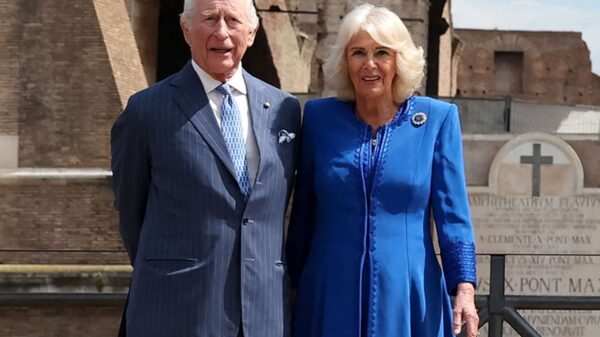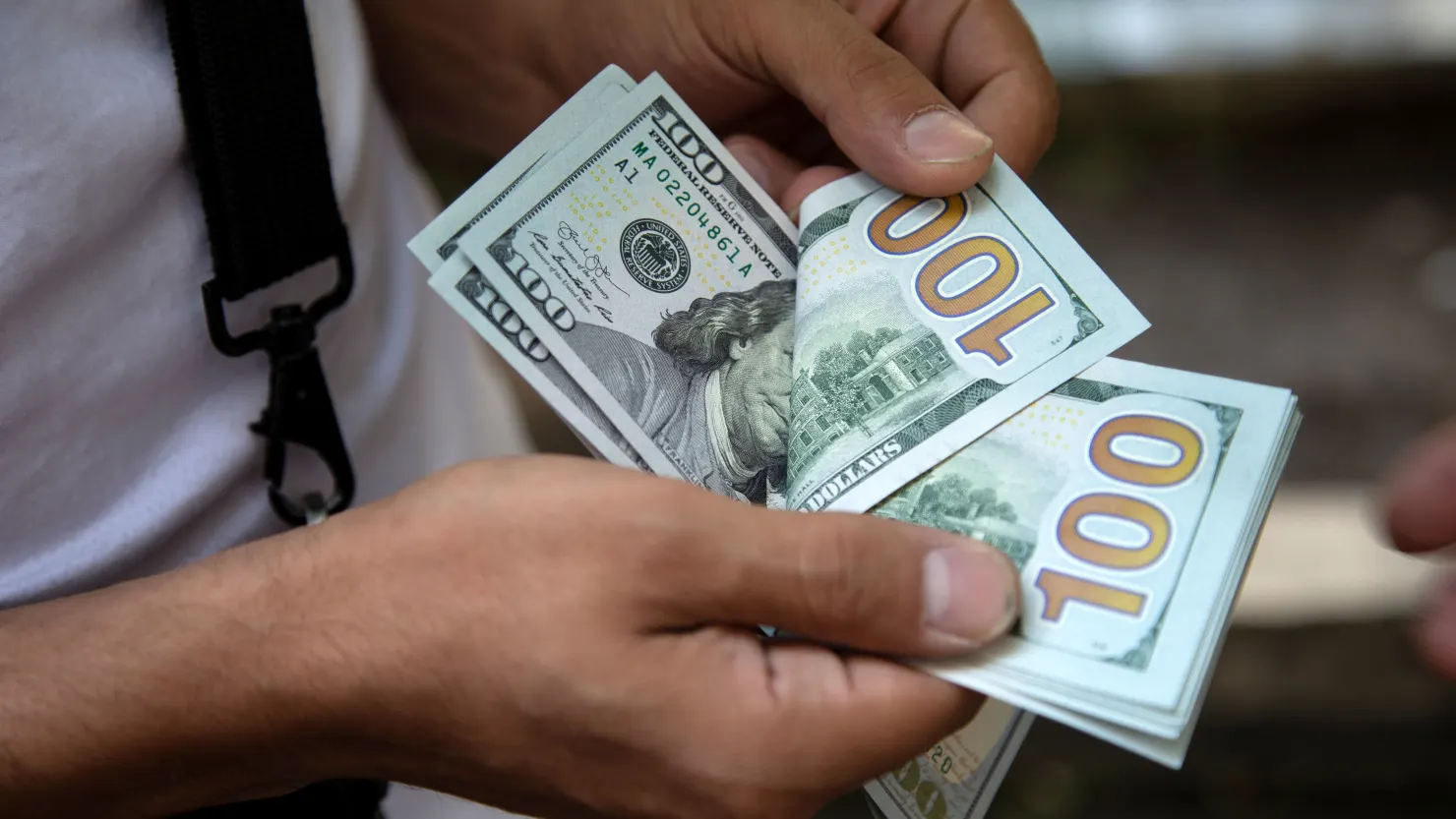US Dollar Tumbles Amid Economic Concerns
US Dollar Experiences Sharp Decline
The US dollar has fallen over 6% from its January peak, hitting its lowest point in five months. The sudden drop has raised concerns among investors and economists who fear that broader economic instability may be contributing to the decline.
Concerns Over a Potential Recession Grow
One of the primary reasons behind the dollar‘s sharp decline is increasing fears of a potential recession. Analysts point to weakening economic indicators, including slowing GDP growth and declining consumer spending, as warning signs that the US economy may be heading toward a downturn.
Federal Reserve Policies Under Scrutiny
The Federal Reserve’s recent policy decisions have played a crucial role in the weakening of the dollar. With growing expectations of interest rate cuts to stimulate economic growth, investors have shifted their strategies, causing a decline in demand for the currency.
Inflationary Pressures Weigh on the Economy
Despite the Fed’s attempts to manage inflation, persistent price increases in key sectors such as housing and energy have contributed to economic uncertainty. A weaker dollar makes imports more expensive, potentially exacerbating inflationary pressures.
Stock Markets React to Dollar Weakness
The weakening dollar has had a mixed impact on financial markets. While some industries, such as exports and commodities, benefit from a lower currency value, others—including technology and consumer goods—face challenges due to rising import costs and fluctuating investor confidence.
Impact on Global Trade and Investment
A declining dollar has significant implications for global trade. A weaker currency makes US goods more competitive in international markets but also raises concerns about foreign investment in American assets. Global investors may shift their focus to more stable currencies.
Gold and Cryptocurrencies Surge as Safe Havens
As the dollar tumbles, traditional safe-haven assets like gold and cryptocurrencies have seen increased demand. Investors looking for stability have turned to alternative assets, driving up their value in response to economic uncertainty.
Oil Prices React to Currency Fluctuations
Oil prices have also been influenced by the weakening US dollar. Since oil is primarily traded in dollars, a lower currency value makes it more affordable for foreign buyers, leading to increased demand and potential price hikes in the energy sector.
Bond Markets Show Signs of Caution
The bond market has reflected concerns over the weakening dollar, with yields fluctuating as investors assess the Federal Reserve’s next moves. The uncertainty surrounding future interest rate adjustments has contributed to volatility in bond markets.
US Trade Deficit Expands Amid Dollar Decline
The declining dollar has contributed to an expanding US trade deficit, as imports become more expensive while exports gain competitiveness. While this dynamic can boost American manufacturing, it also creates challenges for industries that rely on imported raw materials.
Geopolitical Uncertainty Adds to Market Worries
Global geopolitical tensions, including conflicts in the Middle East and economic instability in Europe, have further complicated the situation. The uncertainty has led to cautious investor behavior, affecting currency markets and overall economic sentiment.
Central Banks Around the World Adjust Strategies
The fall of the US dollar has prompted central banks in other nations to reassess their monetary policies. Countries with strong trade ties to the US are adjusting interest rates and currency reserves to mitigate potential risks.
Potential Recovery Scenarios for the Dollar
Despite the recent decline, analysts believe the US dollar could stabilize if economic conditions improve. Factors such as stronger job growth, controlled inflation, and a more aggressive stance by the Federal Reserve could help the currency regain strength.
Conclusion: Uncertain Future for the US Dollar
The recent decline in the US dollar underscores the fragility of the global economic landscape. While some sectors may benefit from a weaker currency, concerns over recession, inflation, and market volatility remain prominent. Moving forward, economic policies and global developments will play a crucial role in determining whether the dollar can recover or continues to decline.


































